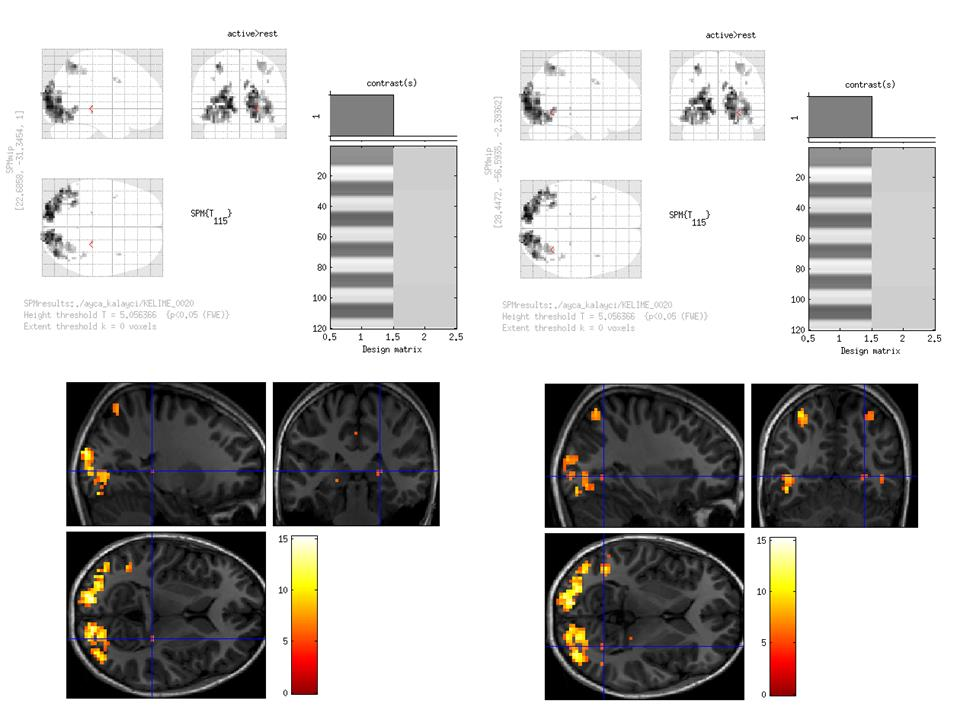A new article of which the neuroimaging studies had been carried out in UMRAM has been published in International Electronic Journal of Elementary Education. The article is produced from the doctoral thesis by Dr. Gül Kuruyer which is entitled “The Effect of Enriched Reading Program on the Cognitive Processes of Students with Reading Strength and Their Neural Structures” and supervised by Prof. Dr. Kader Karlı Oguz and Prof. Dr. Hayati Akyol. Arzu Ceylan Has contributed to the investigation during the collection and analysis of data related to neuroimaging.
The main purpose of the current study is to explain the effect of an enrichment reading program on the cognitive processes and neural structures of children experiencing reading difficulties. The current study was carried out in line with a single-subject research method and the between-subjects multiple probe design belonging to this method. This research focuses on a group of eight students with reading difficulties. Within the context of the study, memory capacities, attention spans, reading-related functional MRI activation and white matter pathways of the students were determined before and after the application of the enrichment reading program. This determination process was carried out in two stages. Neuro-imaging was performed in the first stage and in the second stage the students’ cognitive processes and neural structures were investigated in terms of focusing attention and memory capacities by using the following tools: Stroop Test TBAG Form, Auditory Verbal Digit Span Test-Form B, Cancellation Test and Number Order Learning Test. The results obtained show that the enrichment reading program resulted in an improvement in the reading profiles of the students having reading difficulties in terms of their cognitive processes and neural structures.
When the studies dealing with white matter and activation are examined, it is seen that they have mostly focused on adults and compared neural structures of good and poor readers. Within the context of the current study, since each student’s state before the implementation of the reading program was accepted as a unique starting point, it has been possible to investigate and explain the effect of the enrichment reading program on the students’ neural structures in an individualized way. When we examine the results reported by neuro-imaging studies focusing on reading and reading, we see that there is some degree of consistency, but also differentiation between the findings. The reason for this can be age, gender, or the complex and multi-faceted structure of reading.The full article can be found here:
